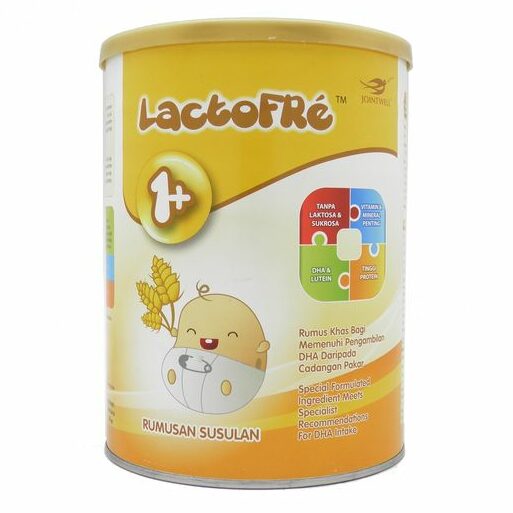Eczema diet, Partner Offers
Nutritionally Complete Organic Oat Milk for Toddlers and Children
Parents are now more aware of food sensitivity causing discomfort in their babies and children, and cow’s milk products are one of the most common allergens in children.
But, having an allergic reaction to food is different from having food sensitivity, or food intolerance.
For example, it is easy to identify when a baby is having an allergic reaction. Shortly after a child consumes something they are allergic to, they may develop wheezing, trouble breathing, throat tightness, diarrhea, swollen eyes, or hives.
However, it is difficult to pin-point food food sensitivity because the symptoms can be milder, or delayed. For example, food intolerance may only show up 24 hours after exposure.
One of the more common food sensitivity is to dairy.
What is Dairy Sensitivity?
Sensitivity to cow’s milk (either in the mother’s diet from breastmilk or engineered into formula) is becoming more common in babies.

Cow’s milk sensitivity, or dairy sensitivity should not be confused with lactose intolerance, which typically occurs in adults.
In the case of lactose intolerance, it typically affects teens/adults who lack of an enzyme called lactase in the small intestine. However, babies are generally born with sufficient levels of lactase enzyme amount.
However, dairy sensitivity can cause colic-like symptoms in babies, eczema, diarrhea (including bloody diarrhea), constipation, hives, and/or a stuffy, itchy nose.
If you suspect that your baby may be sensitive to dairy products, you may try a diet elimination food observation. This means cutting out certain foods for a few weeks to see if the condition improves.
But, it may take up to 4 weeks of total elimination of cow’s milk protein from the system to see any impact. In the meantime, you will need to ensure you provide a nutritional well-balanced dairy alternative formula milk for a baby and calcium-rich whole food for your toddler/child.
Even hypoallergenic (HA) milk formula may not help if your baby is already sensitive to cow’s milk.
The good news about dairy sensitivity, intolerance or allergy is that most children may outgrow it as they grow up. You may re-introduce small amount after 6 months and if the reaction persists, totally eliminate for another 6 months before trying again.
Dairy-free milk formula
The most common dairy-free formula milk which are easily found on the supermarket shelves will be made from soy.
But, many parents have concerns about prolonged consumption of pure soy formula milk in their baby’s diet.
Therefore, an alternative to soy-based dairy-free milk formula is to combine it with oats or multi-grain, to create a soy-multi-grain hybrid formula.
A formula milk that is contains wholegrain provides natural whole-food nutrition, which is more beneficial for your child’s development.

Lactofré – Nutritionally complete Oat-Soy based formula
Lactofré formula milk is made from organic embryo oat, imported from Montana, USA. Organic embryo oat, harvested at the golden nutrient time of oats contains higher nutritional value than ordinary oats.
In essence, embryo oat is higher in protein, dietary fiber and calcium. In addition, this formula milk also contains organic millet and soybean.
Together with its DHA & lutein content, it is highly recommended for children to meet their daily nutrient requirements.
Another key highlight of this formula milk is that it has added probiotic and prebiotic to help maintain a good intestinal environment. It contains 2 key probiotic strains (Lactobacillus rhamnosus, Lactobacillus fermentum) where some clinical studies shown that they have been beneficial in the management of atopic dermatitis & may alleviate symptoms of irritated skin.

Where to buy Lactofré infant formula in Singapore
You can buy Lactofre online in Singapore at Shopee or Lazada.
Lactofré formula milk comes in 2 formulations, depending on the age of your child:
Lactofré 1+ which is formulated in accordance with specific nutritional recommendations for 1-5 years old children. Lactofré 1+ has DHA, lutein, probiotic, prebiotic and 22 vitamin and mineral to help support growth and development.

Lactofré 6+ which is formulated in accordance with specific nutritional recommendations for 6 years old and above. Lactofré 6+ is formulated according to the nutrient requirement for kids above six to support their challenging daily life in school.

